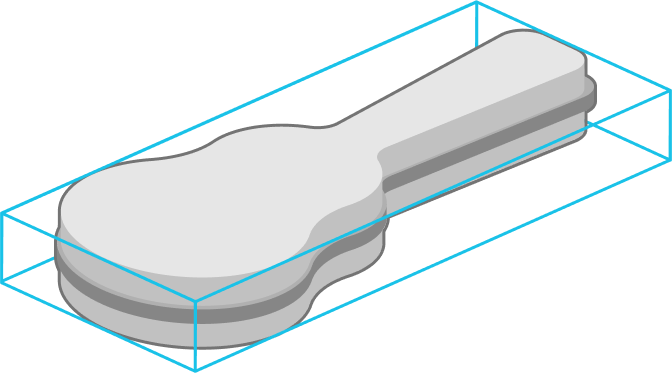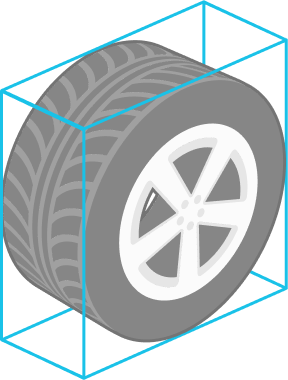Updates on Shipping to the United States
Kindly note that a 19% tariff will be collected upfront from the shipper to ensure smooth customs clearance upon arrival.
Actual weight is the weight displayed when you place an item on a weighing scale. On the other hand, volumetric weight (VW), or dimensional weight reflects the density of a parcel, which is the amount of space the parcel occupies in relation to its actual weight. In general, the denser the item, the less space it occupies (i.e. less volume), and vice versa.
Air freight charges are determined either by the weight of your goods, or by the space they occupy in an aircraft. Therefore, light but bulky items such as bicycles and surfboards will need to account for the amount of cargo space or volume required.
The chargeable weight will be the greater value between the two.
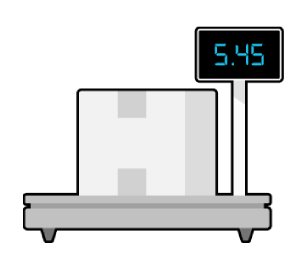
If the scale says 5.45 kg, the actual weight will be 5.5 kg.
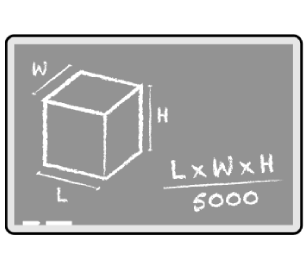
(Length x Width x Height) CM / 5000
Let’s say this parcel is:
50 cm (L) x 30 cm (W) x 20 cm (H)
The volumetric weight is:
(50 x 30 x 20)/5000 = 6.2 kg
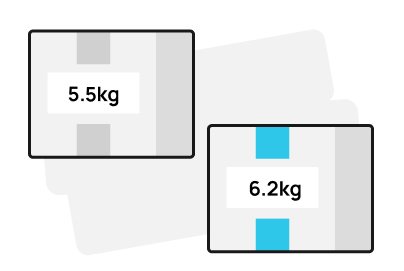
Actual weight = 5.5 kg
Volumetric (dimensional) weight = 6.2 kg
Hence,
Chargeable (billable) weight = 6.2 kg
Not every parcel is going to be a perfect cube or cuboid. Occasionally, an item you’re sending might have an irregular shape – for example, a musical instrument, a car tyre or a hat box etc. To measure irregularly shaped items, treat the irregularly shaped package as if it is a regular rectangular box. Using a ruler or measuring tape, measure the length, width and height from its extreme points.

